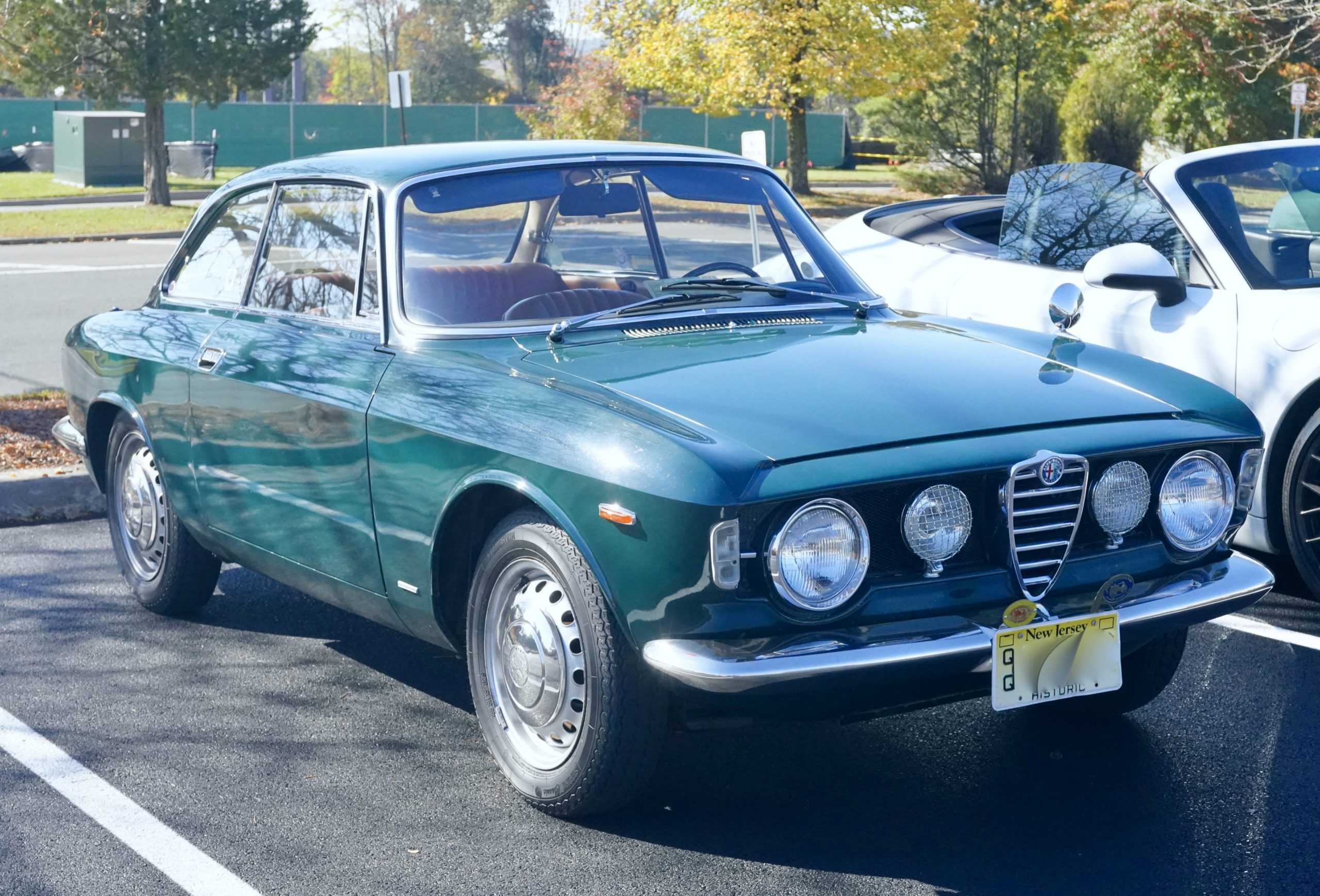
At a local Cars & Coffee gathering recently, I met up with a friend Richard who I’ve known since we began working together as copywriters in 2012. Richard enjoyed seeing the car I brought because it was one I often commuted to the office in back when we actually worked in the office together – a 1985 Mercedes 300D turbo diesel. In reminiscing and talking about the 300D, it occurred to me the tires currently on it are the same ones purchased by me back in 2012 to handle the 100 mile daily round trip to that very job.

Right then I realized I was guilty of making the typical classic car owner mistake of losing track of how old the tires on their beloved ride actually are. Or not worrying about their age, whatever you want to call it. This happens to a lot of collectors when a vehicle is only driven one- or two-thousand miles a year – distances too small to incur normal tire tread wear.
Without that normal wear, grooves in the rubber remain deep and new-looking. And if a the rest of the car is generally well cared for, kept clean, and stored in a garage, the rubber on the tires can stay dark and fresh without developing visible dry rot cracks that tend to come with age. So it’s easy to keep seeing tires as new long after they aren’t. I used the phrase “typical classic car owner mistake” because I myself am irresponsibly guilty of letting tires age way past their prime more than once.

For example, a set of tires on my 1975 Pontiac Grand Ville once actually reached the legal-to-vote, adult age of 18 years old before one of them finally rebelled by throwing a steel belt loose at speed in early 2008 (I’ve had this car a long time, what can I say?) This created a violent, erratic shimmy that caused the car to pull hard to the left – so much so that my first thought was a steering linkage had somehow come loose. Thankfully, no loss of control or damage resulted.
As I put a new set of tires on the ’75 Grand Ville and another classic in the garage that same year, I swore I’d never let this happen again. However, time proved me a liar once more as those 2008 tires remained on the Pontiac until visible lumps presented themselves in one of the sidewalls last year during 2021. At that point, I fearlessly mounted the 20-year-old spare tire from the trunk and sailed on nerves of steel for the remainder of the trip home.
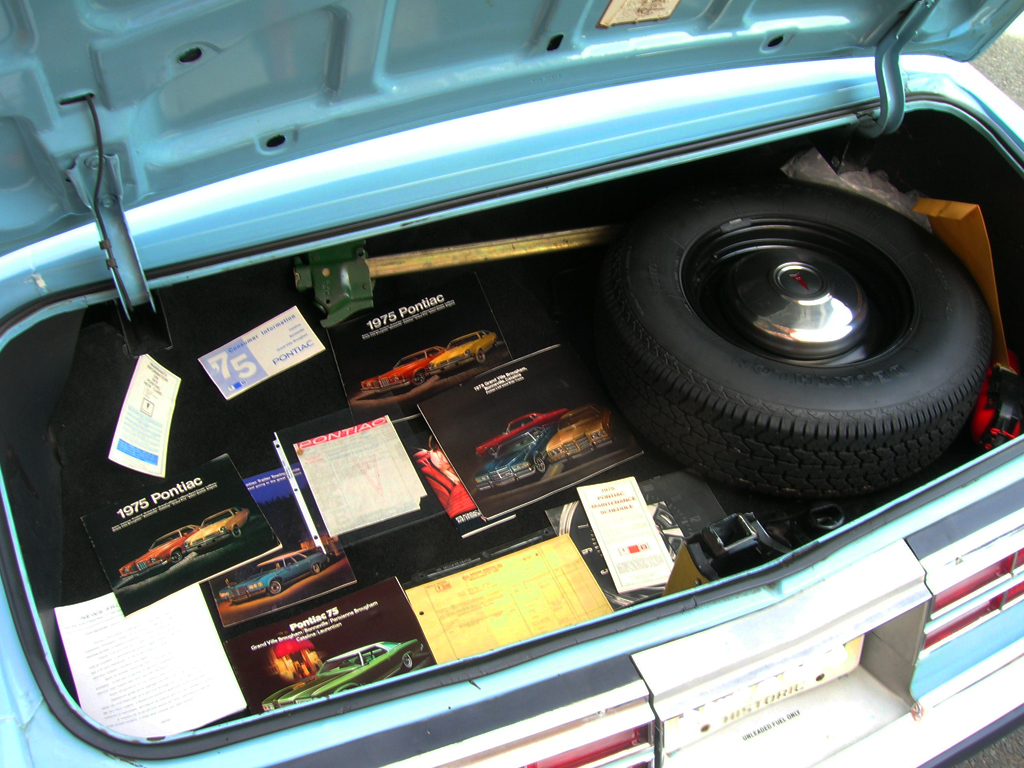
Soon afterward, I replaced all 4 tires on the Grand Ville along with the spare. But that other car I mentioned, a 1986 Chrysler LeBaron convertible – yeah, its tires from late 2007 are still in service now as they hit 15 years of age because I don’t have an unlimited budget for these things. Maybe I’m a glutton for punishment, but I’ve taken the LeBaron on a few hour-long trips this summer without a problem. I’d be lying if I said I wasn’t a little nervous, though. And still, I remain stupidly curious to see how long the rubber will last. Shameful.

So now the 300D tires, those that always seemed like the “new” ones by comparison, have turned 10. In my defense, once I began working remotely in 2014, those tires no longer got the same kind of exercise – a factor that has allowed them to maintain their deceitful blush of youth ever since.
I can assure you when it comes to general vehicle maintenance, I’m a responsible adult. Just last year, I upgraded the brake pads, rotors, and calipers on the Mercedes. In the last few years, I’ve also changed its brake fluid, transmission fluid, and fuel filters. I even drained old gunky diesel fuel out of the tank so I could send it out to be stripped and refinished by a pro.
On the Pontiac, I installed all new brake components including master cylinder and booster, installed stainless steel brake lines, and even swapped on a rear disc brake axle from a 1996 Chevrolet Impala SS (they actually bolt up without major surgery). But tires? I just seem to have some kind of mental block against thinking about them unless they become visibly worn, lose air, or stop rolling smoothly.
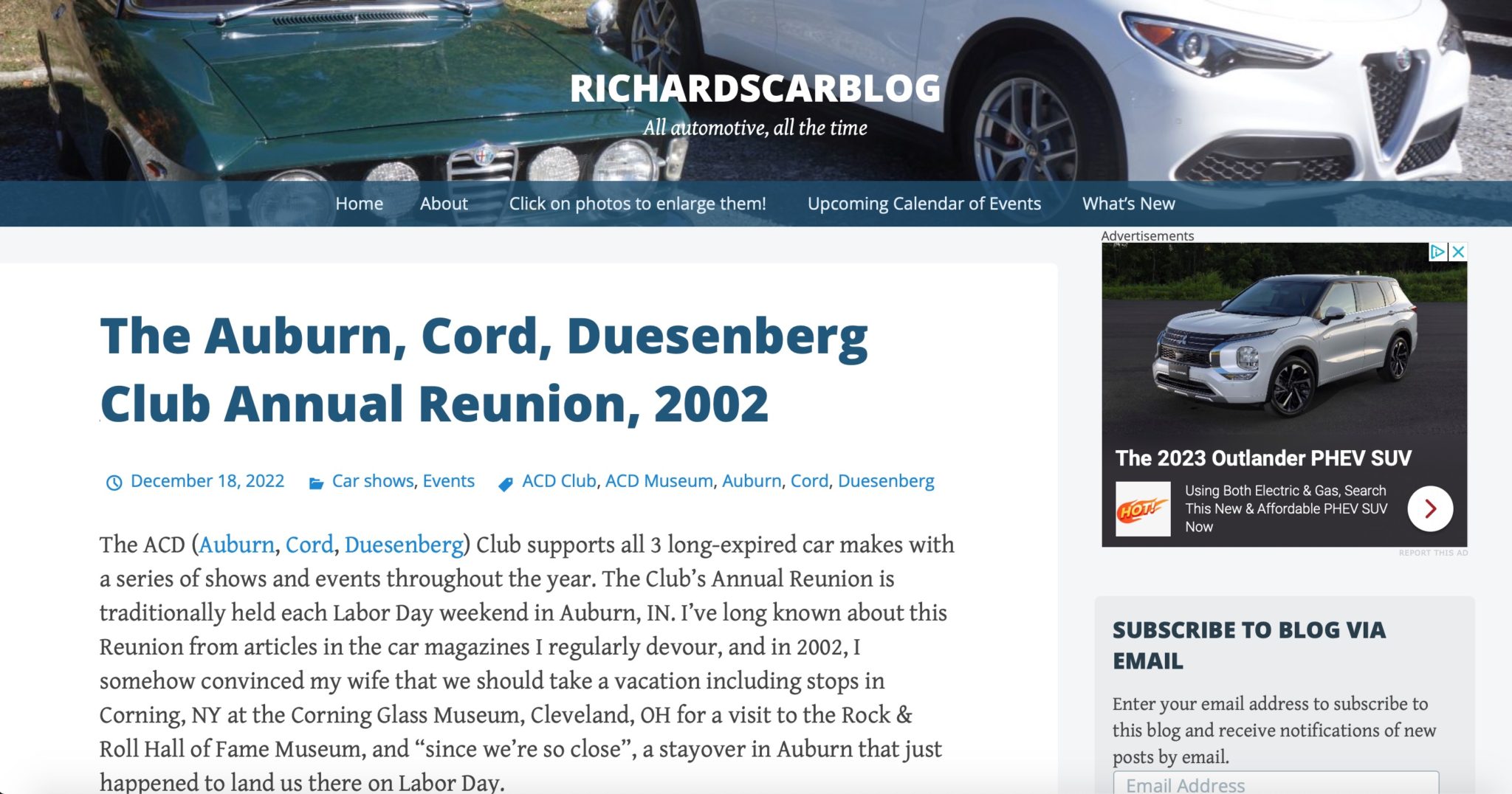
Replacing one tire usually means replacing all four (or even five if being really diligent) – a big punch to the wallet all at once when sales tax, shipping, and the cost of having them mounted and balanced are added on. With all the anniversaries, birthdays, and holidays we typically remember and celebrate over the course of a year, the age of automobile tires on a classic car is a number that’s easy to forget about.
HOW RUBBER TIRES DEGRADE AS THEY AGE
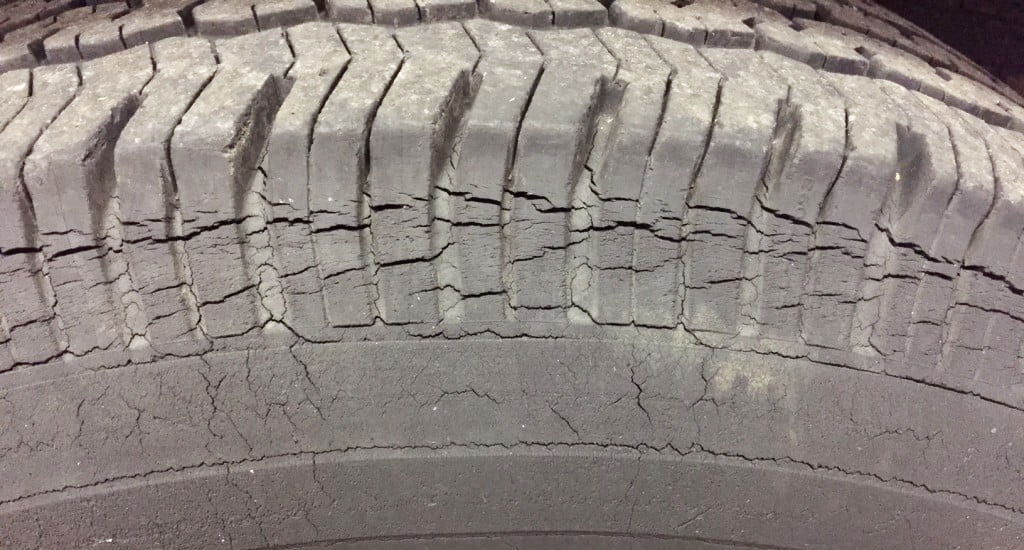
Let’s talk a little more about how tire rubber ages. The major causes of it drying out, hardening, and even cracking over time is normal exposure to oxygen (a process known as “oxidation”), the sun’s UV rays, and ground-level ozone gas that results from pollution. The impact of ozone on tires was first noticed in the 1950s because rubber deteriorated faster in large city test groups compared to those in smaller towns and rural areas with cleaner air.
According to the U.S. National Highway Traffic Safety Authority (NHTSA), “Tires are primarily degrading from the inside-out, due [to] permeation and reaction of the pressurized oxygen within the tire structure, with rates proportional to temperature.”
When they mention tire structure, they’re referring to the inner liner that all tires have, made from a specialized butyl rubber compound designed to prevent pressurized air from leaking out. Because no inner liner can be 100% airtight, some air will always leak out, working its way out through the outer layers of rubber where it causes the most oxidation damage. The quality of the inner liner determines just how much air leaks through, and therefore how soon the inner structure of the tire starts seeing extra exposure to oxygen. For tires that are stored off the vehicle, it’s been shown that they last longer when the pressure is let out of them.
The stiffening and cracking of aged rubber can lead to the inner layers of the tire delaminating from the steel belts rather than flexing with the steel as the tire rolls under load. Yes, indeed! As I mentioned earlier, this has happened to me.
Tire manufacturers take pains to offset the aging and drying effect by blending special waxes and oils into tire rubber compounds during manufacturing. However, these waxes and oils can only spread themselves within the rubber and do their thing when a tire is in motion. Tires that sit still for whatever reason don’t get this benefit and dry out quicker as a result.
Oxidation of rubber occurs much faster under high heat than low heat, because pressurized air is more likely to escape from the inner liner. Once it does, higher temperatures increase the oxygen’s reactivity with the rubber.
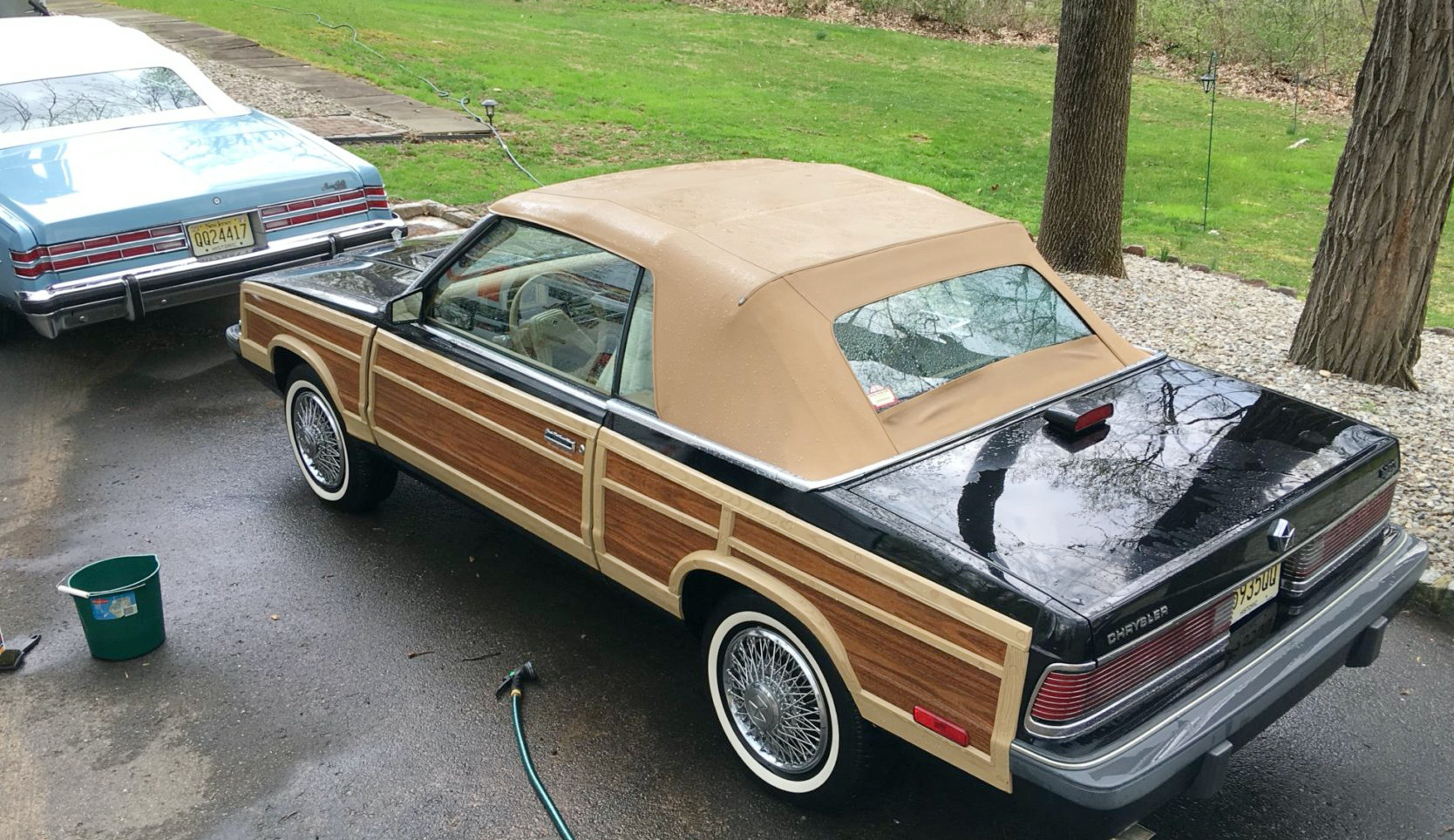
Exposure to direct sunlight results in the rubber soaking up ultraviolet radiation, which causes significant “photo degradation” inside the natural and synthetic polymers that make up rubber compounds. To minimize this kind of damage, tire manufacturers use carbon black in the outer layer of rubber because of its ability to soak up and diffuse UV rays. Over time, though, this protective shield loses its ability to stabilize UV radiation, and degradation creeps in.
HOW TO EASILY TELL HOW OLD YOUR TIRES ARE
If you’re not sure how old your tires are, you needn’t perform carbon dating or any other complex scientific tests to find out. A tire identification number stamped onto the sidewalls will tell you. Mandated by the U.S. Department of Transportation since 2000, these tire identification numbers start with the letter “DOT” and are followed by eight to thirteen characters that identify manufacturing location, tire size, manufacturer code, and the week and year the tire was manufactured.

We’ll focus on the last four of those numbers, because they reveal a tire’s born-on date. Using the ones on my 1985 Mercedes as an example, the last four digits of the i.d. number read “0612”, signifying it was built during the 6th week of 2012 – or mid-February. Note that the complete DOT number is only required on one side of the tire, so if you should see an abbreviated “DOT” stamping, simply look on the opposite sidewall to find the entire thing.
Before the year 2000, it was assumed that tires would not be in service for over ten years. Consequently, manufacturing dates were signified by only three digits at the end – two of them signifying the week number with only one digit identifying the year. So, for example, a date number of “062” would signify it was manufactured on the 6th week of a year ending in 2, which could be 1992 or 1982.
HOW OLD IS TOO OLD FOR TIRES THESE DAYS? I ARGUE MUCH OLDER THAN IN THE PAST…
In prior decades, conventional wisdom used to advise replacing automotive tires when they hit 4 to 5 years old, regardless of mileage. This made sense because the dreaded dry-rot cracks usually began to form at that point. But thanks to chemical advances in rubber formulation technology that have taken place since the turn of the millennium, modern tires have a much longer shelf life as a whole.
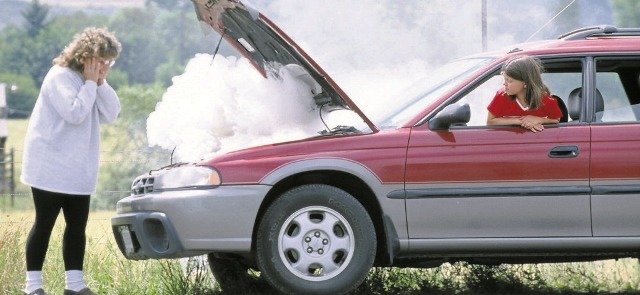
If you don’t agree, I’ll make this point – anyone age 40 or older probably remembers the automotive ownership joys of rubber radiator hoses blowing, engine accessory belts breaking, and window trim rubber moldings crumbling and cracking only to let rainwater seep into the cabin. I do, because I used to fix such problems regularly as a young mechanic. But when was the last time you or anyone you know actually experienced these rubber-related issues on a modern vehicle? It’s been awhile, because newer rubber in today’s hoses, belts, and rubber suspension bushings is better engineered and simply lasts much, much longer. These parts hardly ever fail any more.
Tires are no different. Just keep an eye on the ones on your car or truck. If you don’t see the dreaded sidewall dry rot or any other damage, you’ll probably get 8 or 9 years out of a set of modern tires assuming they don’t get worn out from use before then.
IT SEEMS THE LONGER ONE HAS OWNED A CLASSIC CAR, THE LESS LIKELY THEY ARE TO THINK ABOUT THE AGE OF THE TIRES
Back to the recent Cars & Coffee meetup I mentioned at the beginning of this article. After realizing my tires were a decade old, I was curious to see if any of the other guys there knew the age of the tires on their historic-plate cars without looking at the sidewalls.
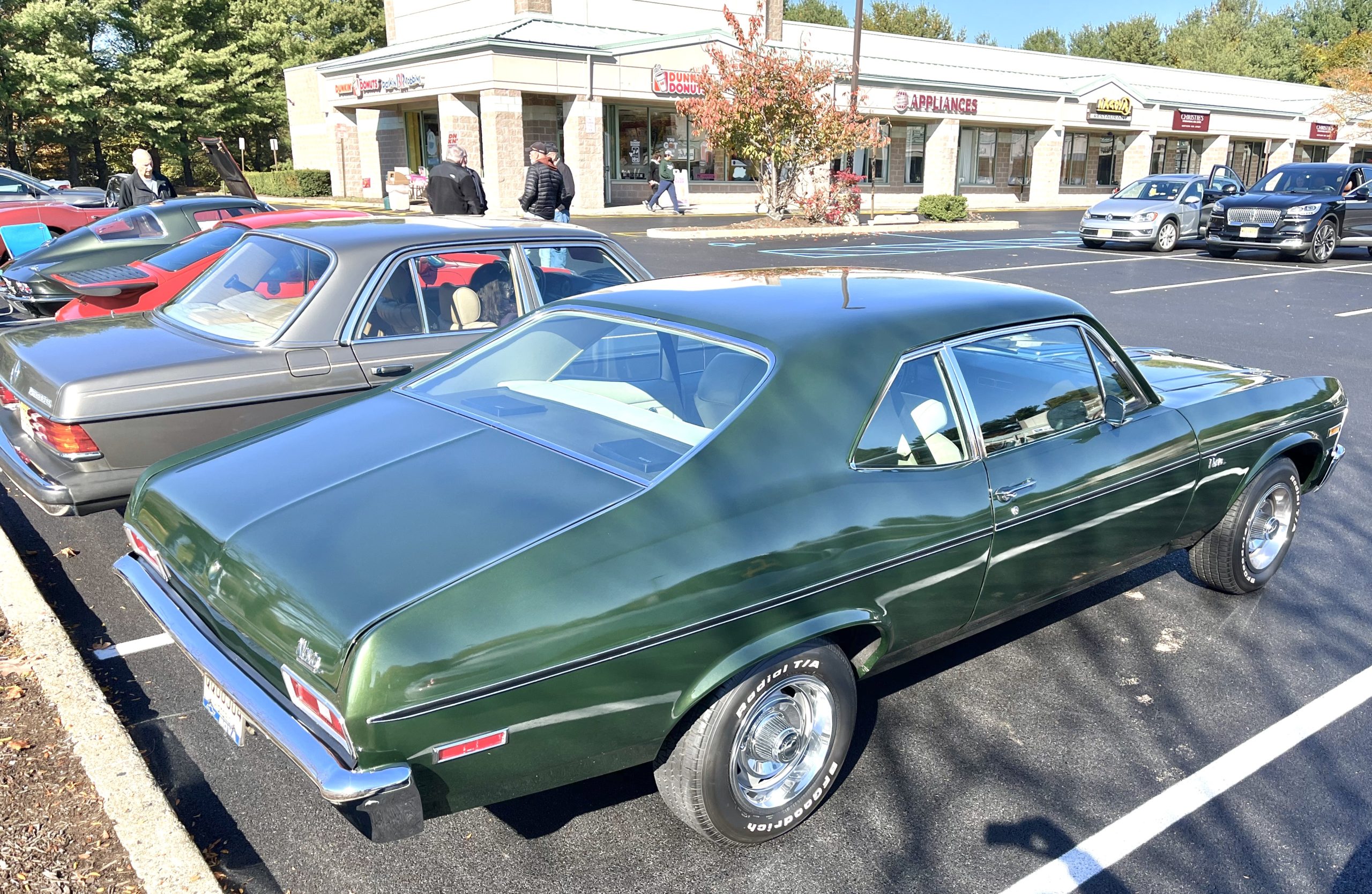
Richard quickly recalled he put new tires on his 1967 Alfa Romeo 1300 Junior after buying the car 9 years ago. Larry was pretty sure the tires on his 1972 Chevrolet Nova were 6 years old, and Bill remembered changing the tires on his 1967 Corvette 2 years ago. I thought for sure I had the record until Pete informed me his 1986 Porsche 911 was rolling on 12-year-old rubber. Twelve years old – see, I knew I wasn’t the only one who likes to get their money’s worth.

In talking to other classic car owners about tires since the Cars & Coffee meetup, I noticed a pattern. It seems that the longer one has owned a specific classic car, the less likely they are to think about the age of the tires on it. Perhaps this is because lengthy vehicle ownership tends to go with older age in general, arguably a stage of life when time warps and the days, weeks, and years pass ever more quickly.
So tell me truthfully, how old are the tires on your ride?

































